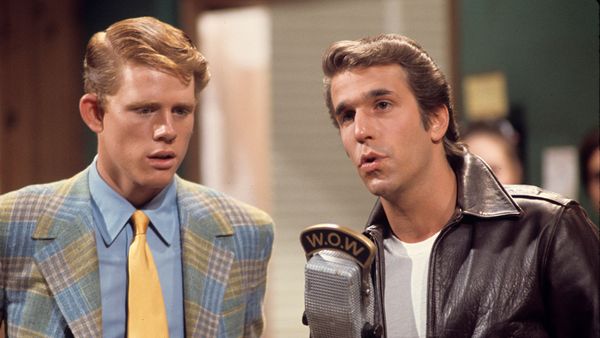Once you get an assignment, finish it on time and use your momentum to get other work. If you did not have to sell all the rights, try to reprint the piece in a non-competing market after about six months. This way, you can get paid two, three, or four times for the same work. Always sell as few rights as possible, but don't worry about it too much when you're just starting out.
Some important terms for freelancers about rights:
- One-time or first North American serial rights - This is the right to publish your story once or the right to publish your story for the first time in North America. If this is all you agree to, you're gold for selling the reprint.
- All rights - This is just what it says: You cannot resell an article if you've signed these away.
- Electronic rights - This is the right to publish your work on the Internet or on CD-ROM. See if you can get more money to sell these rights.
- Reprint or second rights - This is the right to publish your article a second time.
If you have questions, ask your editor at the time of contract signing. Or, consult a writer's resource like The Writer's Market.
Payment varies greatly among different publications. National magazines usually pay between $0.75 and $2.00 per word. Local publications are more in the $0.10 per word range. This information can usually be found in a magazine's guidelines. The larger a magazine's readership, the bigger your paycheck.
If you choose to seek freelance writing work listed on job sites throughout the Web, look out for anyone who wants you to pay them for the chance to write. That's crazy!
Getting published in a magazine is not an easy task, but it's not impossible either. Successful writers have all been rejected many times, but they refused to give up. The key is good queries, and lots of them. Good luck!
For lots more information, check out the links on the next page.

